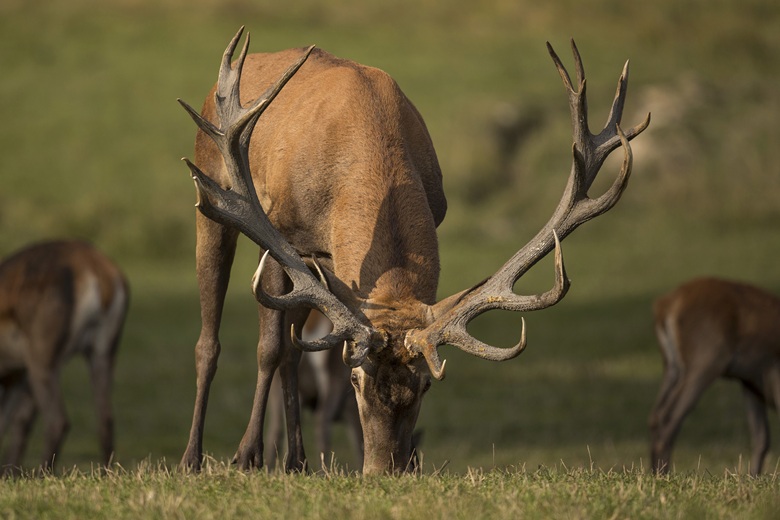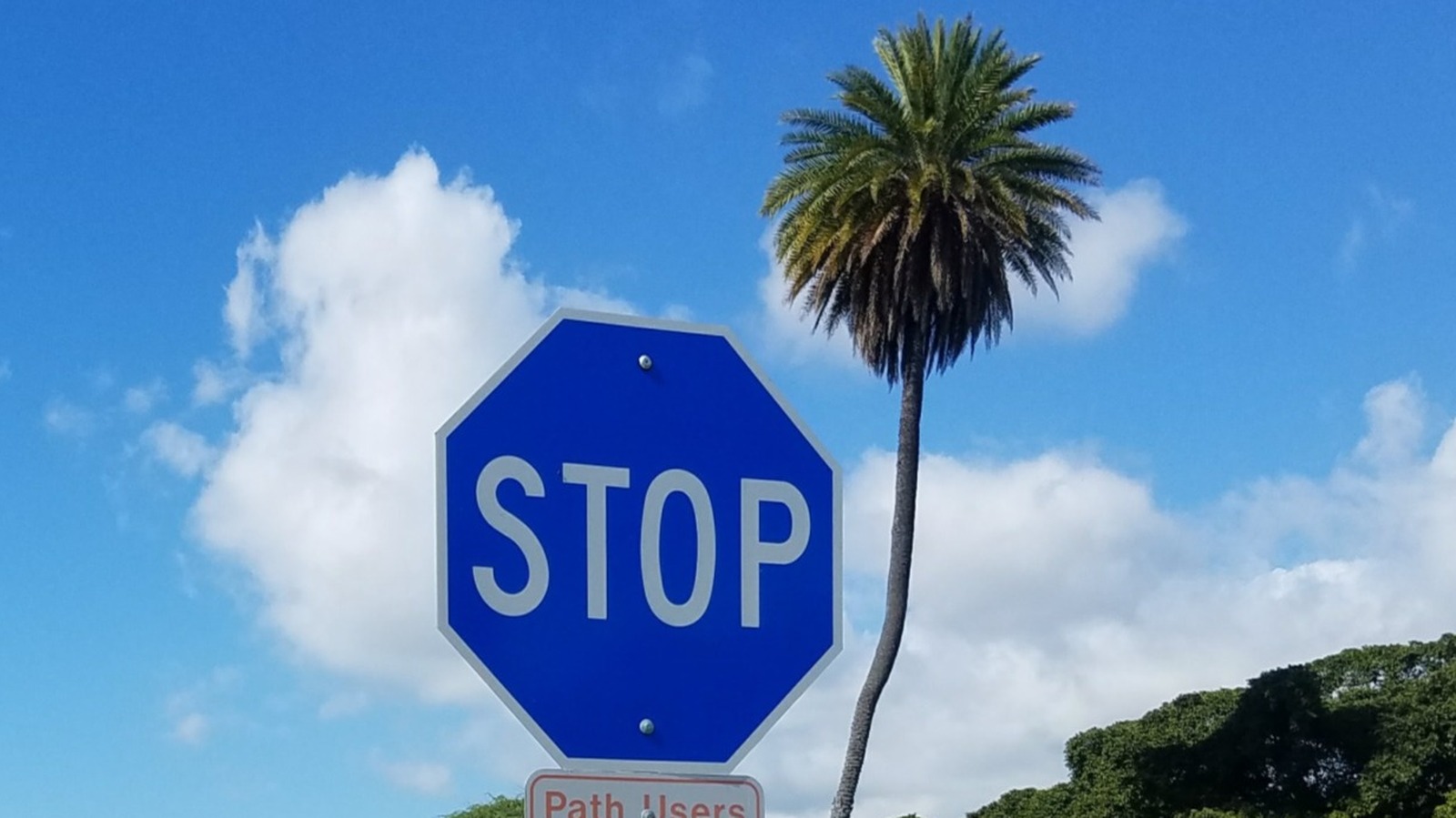By Quintdaily
Copyright quintdaily

We all enjoy seeing wildlife in the garden or park, but it’s a different story when animals start sneaking indoors. A squirrel running across the loft at 3am or pigeons roosting in your chimney can soon turn from a small nuisance into a costly headache. On top of the noise and mess, there’s the health risk too. The good news is that there are sensible, humane ways of keeping animals outside where they belong. This is what’s known as wildlife exclusion.
What Is Wildlife Exclusion?
Wildlife exclusion refers to the process of preventing animals from entering structures or living areas in the first place. Unlike trapping, which only deals with a problem once it’s already there, exclusion is all about prevention. Think of it as good housekeeping: block up gaps, keep food waste secure, and you cut out most of the opportunities for animals to move in.
Some common problem spots are:
Gaps in roof tiles or broken vents.
Open chimneys.
Holes under sheds or decking.
Bins without tight lids.
A bit of maintenance, like mesh covers or a new chimney cap, goes a long way.
Why Prevention Matters?
Active exclusion has a number of valuable advantages:
Health and safety: Animals such as rodents, bats, and raccoons can carry diseases including rabies, leptospirosis, and parasites. The risk of contact is reduced by preventive entry.
Protecting property: Wild life has the capability of chewing on electrical wires, tear insulation, and breaking roofs thus incurring expensive repairs.
Humane results: Exclusion will prevent the stress and damage that animals might experience when they are trapped or removed by means of trapping or elimination.
Community stability: Exclusion practices such as those where whole neighborhoods embrace exclusion cause conflicts between wildlife to go down and the natural habitats left uninterfered with.
Practical Steps for Homeowners
You don’t need to call in a specialist for everything. Start with:
Have a routine check on your property, particularly after the storm, or seasonal change of a new opening or damage that may allow the animals to exploit them.
Closure of cracks and seal gaps around roofs, eaves, windows, and foundations with the help of suitable materials which animals are unable to chew.
Secure food sources by storing rubbish in wildlife-proof bins and cleaning outdoor eating areas.
Ensure landscaping by pruning trees around the roofs and getting rid of excessive vegetation close to walls or foundations.
Install chimneys, vent covers to prevent prevalent bird, bat, and small mammal entrances.
Train residents about wildlife exclusion to ensure that all members of society enjoy uniform implementation of practices.
And here’s the key – have a word with your neighbours. If they don’t do the same, you’ll just end up with animals moving from one house to another.
Community-Level Protection
This isn’t just about individual houses. Parks, schools, and even local shops benefit from exclusion practices. Councils can help by providing animal-proof bins and running information sessions. The more people involved, the less chance animals have of causing trouble.
Balancing Safety and Conservation
One should keep in mind that there is no such thing as exclusion of wildlife in the environment, which implies the animals should not be killed. Rather, it tries to keep healthy relations between human beings and wild animals. Communities can conserve biodiversity by preserving the natural environment, keeping animals and other wildlife out of human dwellings and settlements, which are not compromised and prevent stagnation.
Key Takeaway
Animals excluded Wildlife exclusion is a proactive, humanistic technique that will secure houses, families and localities without harming nature. By having frequent checks and balances, maintenance, and collaboration among communities, families are able to avoid confrontations prior to its occurrence resulting in safer homes and healthier environments to all.



